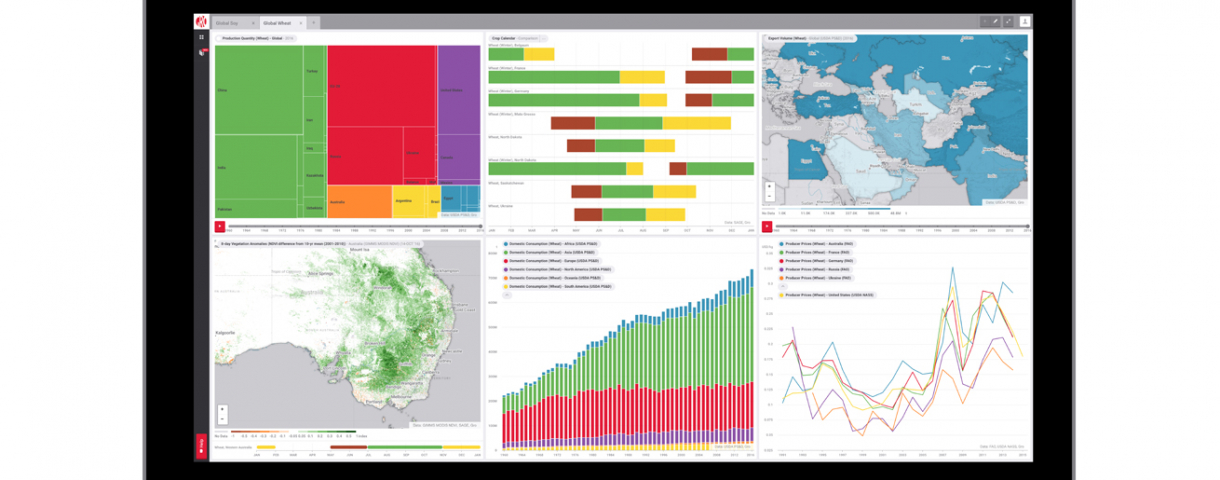One in every three cancers diagnosed is a skin cancer, and every year approximately 3 million new cases of skin cancer is detected worldwide; more than breast cancer, prostate cancer, lung cancer and colon cancer combined. On top of that, being diagnosed might not even be an option due to lack of access (remote living location) or lack of means (money).
In a scenario like this, the Skin Cancer Detection Algorithm could save lives by being an ‘automated dermatologist’ sending a diagnosis to your smartphone. The algorithm is trained to visually identify any ominous looking spots on patient’s skin, and its designers from Stanford University trained it by collecting a database of 130,000 skin disease images, which they then fed the algorithm. From the very first test, it performed with amazing accuracy.
Bringing this algorithm into the examination process follows a trend in computing that combines visual processing with ’deep learning’, a type of artificial intelligence modeled after neural networks in the brain which makes a computer capable of figuring out a problem on its own, rather than having the answers programmed into it. The ultimate goal is to avoid thousands of skin cancer deaths worldwide by turning the Skin Cancer Detection Algorithm into an app for everyone to use.




